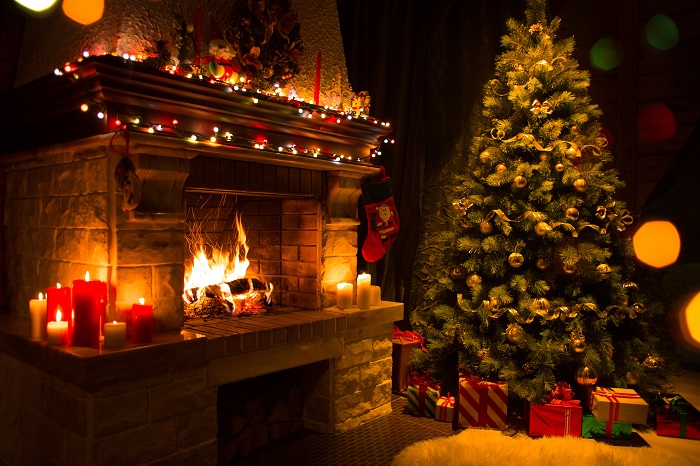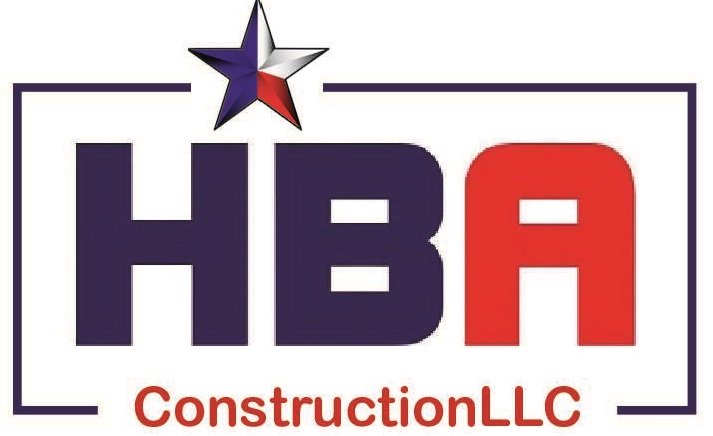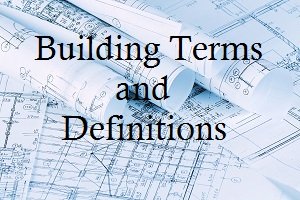Fireplace Design
The heart of your home is the hearth, so it should be absolutely beautiful! Your fireplace design should reflect your own unique style and personality. Not only the fireplace design, but the mantel as well.

Materials From Which to Choose
There are a ton of fireplace ideas that will give your home a unique look and feel. There are many materials that can be used to create a wonderful fireplace design. Traditional materials such as brick and stone will bring a rough and classic style, almost rustic, into any living room. The selection of colors and styles is almost endless, with varying size bricks making fireplaces of varying heights and widths. You’ll find that many older fireplaces will be made from natural materials like stone, for their sturdiness, simplicity, and timeless style.
Wood is another great fireplace idea, but only as a decorative surrounding feature – a fire retardant material is key for function and safety! Marble and granite surrounds are another option, which can bring a real sense of glamour and luxury into your living room. The reflective surface will diffuse the light and create a shining and sparkling backdrop for your fire that grabs your attention and brings more light into your home.
Modern fireplace ideas can also come equipped with stylish and safe casing. Often fronted with clear glass, the casing will prevent any burning smells or smoke from entering your living room, but won’t limit the warmth and light you want the fire to bring to your living room. More traditional fires can use the classic equivalent of a metal fireguard.
Low fireplace designs which begin from the floor or just a little higher, are great space saving solutions. The space above is often used for hanging decorative items such as clocks, artwork, or photographs.
Wood Burning Fireplace
Many builders of energy-efficient new homes have concluded that traditional wood-burning fireplaces are incompatible with tight construction and low energy bills. That's because these old-fashioned fireplaces leak air up the chimney, and because it's tricky to provide ducted combustion air to a wood-burning fireplace.
If you have your heart set on an old-fashioned wood-burning fireplace, you'll have to accept the fact that the flue wastes energy every day of the year (because it is a thermal bridge, and because it will leak conditioned air continuously), and you'll have to be willing to open a window when you light a fire.
From an energy-efficiency perspective, a gas-burning fireplace with ducted outdoor combustion air makes more sense.
Zero-Clearance Fireplaces
Zero-Clearance fireplaces are pre-manufactured fireplaces where the unit or firebox can be placed almost directly against combustible materials like wood, walls, or paneling. Because they can be placed almost directly against combustible materials, this eliminates the need for a buffer zone and allows the fireplace to fit into much smaller openings. This is because the construction and materials of the firebox on a Zero-Clearance Fireplace are made of materials that do not allow the outside of the fireplace to get hot enough to burn other materials. Zero-Clearance Fireplaces do not require a hearth in order to function properly.
There are a lot of benefits to heating your home with a Zero-Clearance Fireplace. Aside from the fact that they can be placed directly against or within a couple inches of combustible materials, Zero-Clearance Fireplaces use less space than traditional fireplaces which allows homeowners a variety of placement options.
Since Zero-Clearance Fireplaces do not require complex masonry work to shield other combustible materials from exposure to heat, the installation time is much quicker than that of a traditional fireplace. The fact that Zero-Clearance Fireplaces don't require a massive masonry structure also makes them considerably less expensive to install.
Another important benefit of using a Zero-Clearance Fireplace is that with recent technology advances, Zero-Clearance Fireplaces have been proven to be quite efficient. Often much more than a traditional open fireplace which means less heat and energy is wasted up and out the chimney. Some Zero-Clearance Fireplace models are said to be up to 70 percent efficient.
Although few and far between there are a couple of drawbacks that come along with using a Zero-Clearance Fireplace. Since Zero-Clearance Fireplaces do not require a hearth or brick around them, the authentic old fashioned look of the fireplace isn't there. Also, if a Zero-Clearance Fireplace isn't done correctly, it can look fake, tacky and overly modern. But if the Zero-Clearance Fireplace is done correctly, it will be a reliable heat source and create a warm welcoming atmosphere.
Zero-Clearance Fireplaces are available in a variety of styles and sizes. While today's busy life style favors the simplicity of a gas based fireplace, Zero-Clearance Fireplaces are also available in wood burning, pellet burning, and electric models as well. Each style of fireplace whether it be a wood burning, gas, or pellet burning Zero-Clearance Fireplace will require its own specifically designed venting system. This of course excludes the electric fireplace which doesn't require a venting system. The majority of Zero-Clearance Fireplace models use a system of ducts and vents that circulate air in and out.
Placing your Zero-Clearance Fireplace in a place that makes sense is an important detail as it will naturally be the focal point of the home. With Zero-Clearance Fireplaces, choosing the right types of accessories like fireplace doors, screens, mantels, and other decorations surrounding the fireplace will add to the realism of the fireplace and complement the home's interior.
Most Zero-Clearance Fireplaces have glass doors. Some models like the high efficiency Zero-Clearance Fireplace models for example, are designed to operate with the glass doors closed while the fire is lit. Other Zero-Clearance Fireplace models can operate with the glass doors open. Many conventional Zero-Clearance Fireplace models have glass doors to reduce heat loss when there is no fire and should be left open when the fire is lit.
One thing to look for when purchasing a Zero-Clearance Fireplace is the size of the firebox opening on the fireplace. The size of the firebox should be relative to the size of the room that it will be placed in. The general rule of thumb is for every foot of room space, approximately an inch should be added to the width of the firebox opening. If you choose a Zero-Clearance Fireplace with an opening that is too big, you will end up spending a lot of extra money on your energy bill. If the opening is too small, it will not provide adequate heating for the room.




